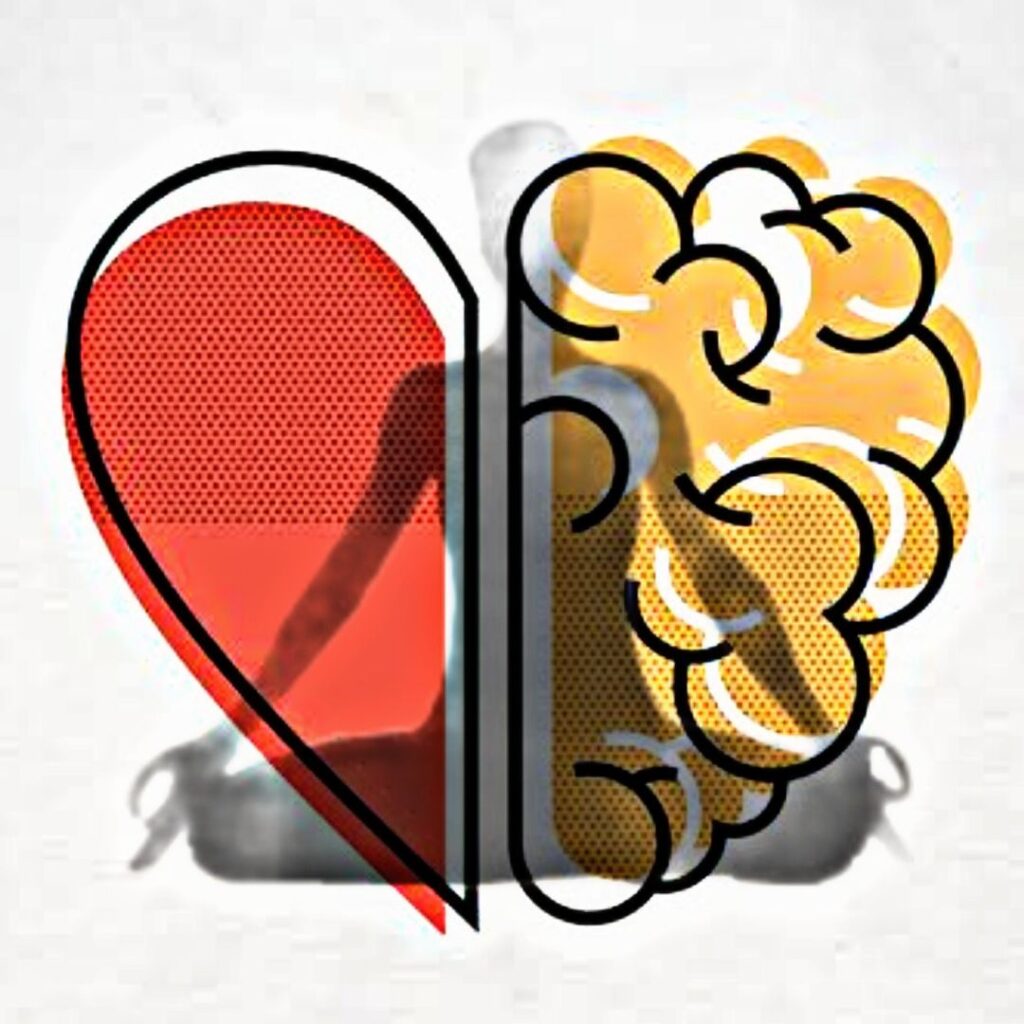Last updated on February 7th, 2021 at 11:40 pm
Yoga is largely used mind-body intervention in today’s world. It is cost-effective and easy to apply for all age groups and socio-economic classes. Ramamani Iyengar Memorial Yoga Institute stated [Ramamani Iyengar Memorial Yoga Institute, 2010], ‘‘Yoga is the union of the body, mind, emotions and intellect’’. It offers benefits for mental, emotional and physical health. The word ‘Yoga’ denotes ‘unity’ or ‘oneness’ which is resultant from the Sanskrit word ‘Yuj’, meaning ‘to join’. Whereas, the word ‘Psychology’ means ‘study of behaviour and mind’ which is derived from Greek words ‘Psyche’ and ‘Logia’, meaning ‘soul’ and ‘study of’ respectively. Both the subjects have a conjugated point which is the soul or mind and in today’s hectic work schedule and busy lifestyle yoga is most required for psychological keeping oneself fit, which also leads to physical health. Yoga includes general ethical principles, self-restrain of an individual, physical postures, work of breathing style, calming the senses, concentration, meditation, and liberation which makes it a great way to soothe a person’s body, mind and relieve stresses [Iyengar, 1979]. The asanas, pranayamas and mudras has come a long way from ancient societal culture to modern society with lots of new adaptations. The Yoga has been the integral part of Eastern spiritual healing process. With passing days of science and technology, the transformation of Yoga has made this therapy mode more scientifically strong keeping the root intact with the foundational mind-body concept. Since Hippocrates theory consisting of ‘phelgm’ as the means to understand mind-body relation to Freud’s mind-body’s conception and now the neuro-cognitive conceptualization of mind-body relation, yoga always had its own stance in bridging the relation between mind and body.
Yoga has been found in various researches to be an effective treatment process for various psychiatric disorders also. According to Dr. A. Jagannathan [Jagannathan, 2012], “The introduction of yoga as an alternative and/or complementary treatment for patients with psychiatric disorders could be an effective solution for three basic reasons:
- Yoga which originated in India, is seen to be a practical and accepted intervention for patients to practice at home.
- The number of yoga therapists is more than the number of mental health professionals available in India.
- Yoga is cost-effective and has no side-effects as in the case of psychiatric medications.”
Yoga is a way of life, mainly has four prime components:
- Physical posture is key for developing flexibility and strength.
- Breathing exercise is basic for enhancing respiratory function.
- Techniques of deep relaxation techniques cultivates the anxiety releasing ability.
- Meditation or mindfulness practices stimulate the skills of emotion and stress management.

Psychosomatic ailments arise due to a disturbance in the mind. The level of documented evidence of yoga’s psycho-physiological benefits for depression and anxiety is progressively increasing. Yoga has played crucial part in the improvement of mental health, although the concept has shifted and modified over times and is distinct in different cultures. The little but noticeable positive effect of yoga has been seen through various experiments on patients suffering from depression, anxiety disorder, obsessive-compulsive disorder and other stress and anxieties [Uebelacker et al., 2010; Shannahoff-Khalsa et al., 1999; Ospina, 2007; Telles et al., 2012]. In Western countries, many therapists include yoga as a complementary treatment besides counselling and other therapies and medications for different psychological disorders depending upon severities. According to Dr. E. Criswell [Brahinsky, 2017], “Yoga is incredible in terms of stress management. It brings a person back to homeostasis.” This means Yoga helps to bring down or lower or control the basic physiological arousal to the normal level for the person having high anxieties, worries or tensions. She believes in therapeutic context Yoga lowers the ego boundaries, increasing the receptive power of a person, making the client or patient somatically comfortable. Dr. D. Shapiro, Professor in the University of California has repeatedly seen in his several pieces of research that negative emotions drop while positive emotions rise by the prolonged practice of yoga [Brahinsky, 2017]. Yoga brings a voluminous, loving, inquisitive, playful, pleasurable attention and concentration to one’s physical and mental state. According to Harvard University, anxiety and depression can be dealt by yoga. Through other various evidence it was concluded that the Hypothalamic-Pituitary-Adrenal (HPA) axis and the Sympathetic Nervous System (SNS) has been playing a foremost role in the response to stresses that were eventually turned off by the therapeutic effectiveness of yoga [Innes et al., 2005]. The practice of yoga is the most effective and natural way of keeping oneself mentally healthy and sound.
References
Brahinsky R. (2017). Yoga for Mental Illness, Yoga Journal. https://www.yogajournal.com/teach/yoga-for-mental-illness
Innes, K. E., Bourguignon, C., & Taylor, A. G. (2005). Risk indices associated with the insulin resistance syndrome, cardiovascular disease, and possible protection with yoga: a systematic review. The Journal of the American Board of Family Practice, 18(6), 491-519.
Iyengar B. K. S. (1979). Light on Yoga: Yoga Dipika. 2. New York: Schocken Books.
Jagannathan A. (2012). Yoga as a complementary treatment in mental disorders: A decadinal review, Yoga Sudha Magazine. https://issuu.com/svyasa/docs/yoga-sudha-april-2012
Ospina, M. (2007). Meditation practices for health state of the research. DIANE Publishing.
Ramamani Iyengar Memorial Yoga Institute. (2010). Frequently asked questions (FAQs) about Iyengar yoga. What is yoga? Retrieved May 13, 2010, from http://www.bksiyengar.com/ modules/FAQ/faq.htm
Shannahoff-Khalsa, D. S., Ray, L. E., Levine, S., Gallen, C. C., Schwartz, B. J., & Sidorowich, J. J. (1999). Randomized controlled trial of yogic meditation techniques for patients with obsessive-compulsive disorder. CNS spectrums, 4(12), 34-47.
Telles, S., Singh, N., & Balkrishna, A. (2012). Managing mental health disorders resulting from trauma through yoga: a review. Depression Research and Treatment, 2012.
Uebelacker, L. A., Epstein-Lubow, G., Gaudiano, B. A., Tremont, G., Battle, C. L., & Miller, I. W. (2010). Hatha yoga for depression: critical review of the evidence for efficacy, plausible mechanisms of action, and directions for future research. Journal of Psychiatric Practice®, 16(1), 22-33.

